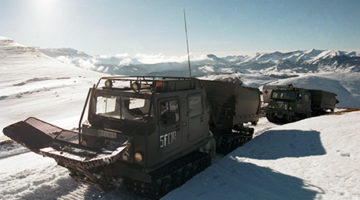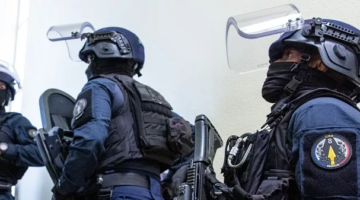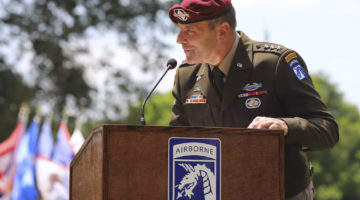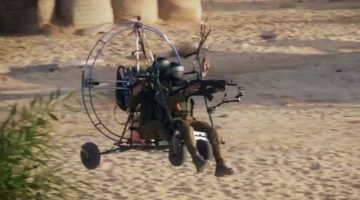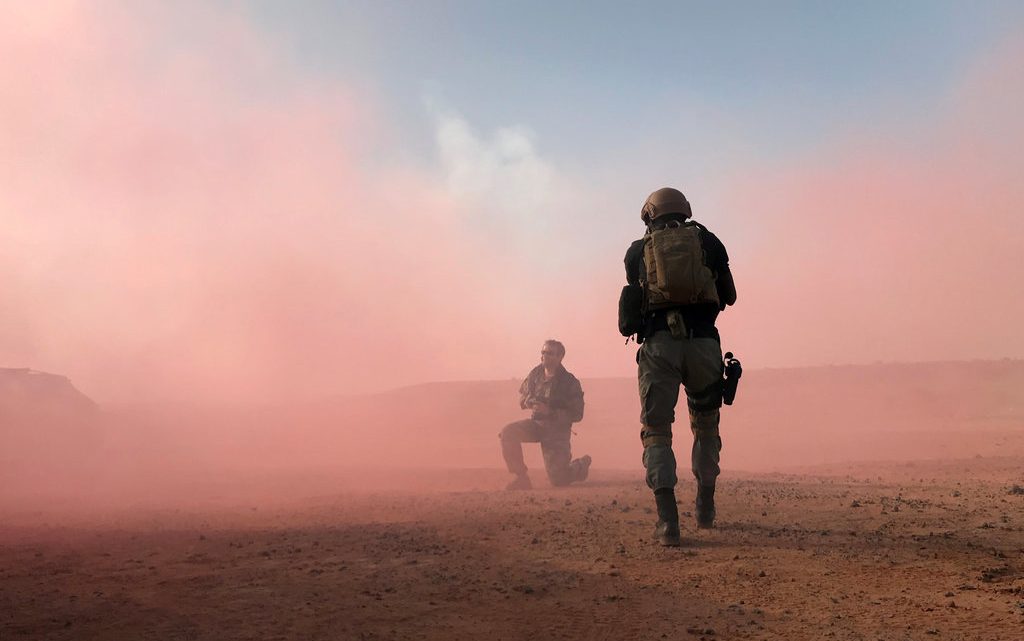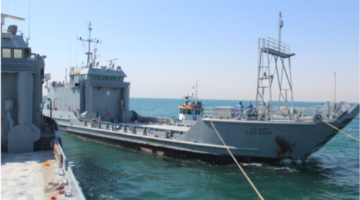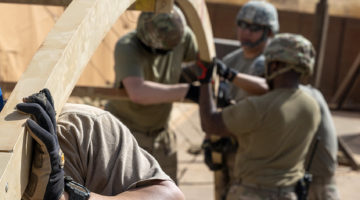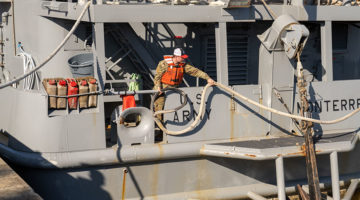(The New York Times – By Helene Cooper, Thomas Gibbons-Neff and Eric Schmitt – )(…) Were it not for the arrival of French Mirage aircraft that made low, roaring passes in a show of force that scattered the extremists, far more Americans and their Nigerien partners likely would have been killed in what, ultimately, was the largest loss of United States troops during combat in Africa since the 1993 “Black Hawk Down” debacle in Somalia.
“Nigerien and French units assisted without hesitation,” according to the investigation’s eight-page executive summary that the Pentagon released on Thursday. It said the allied forces “very likely saved the lives of U.S. and Nigerien soldiers, several of whom were wounded in the attack.”
But the unclassified executive summary offers only a glimpse of the decisions and actions surrounding the 11-man Green Beret team in Ouallam, Niger, that led to the deadly firefight on Oct. 4 after searching, unsuccessfully, for a local militant leader linked to the Islamic State.
The full report of the investigation, which was headed by the United States Africa Command and is more than 6,000 pages, remains classified. The Pentagon plans to release a redacted version of the full report some months from now.
The deaths of the four American soldiers — Sgt. First Class Jeremiah W. Johnson, Staff Sgt. Bryan C. Black, Staff Sgt. Dustin M. Wright and Sgt. La David Johnson — set off a fierce debate over secretive military missions under murky authorities in remote and far-flung battlegrounds.
Most Americans were unaware that Army Green Berets were in Niger until after the soldiers, their interpreter and four Nigerien troops were killed, and members of Congress questioned how their mission helped protect the United States. The deaths also ignited a political storm over how families of fallen troops should be treated by their commander in chief after President Trump struggled to comfort one of the widows.
The investigation found that the Green Beret team had not undergone key training as a unit before it deployed to Niger that fall because of “personnel turnover” and had not rehearsed its counterterrorism mission before leaving the base in Ouallam on Oct. 3. It said two junior officers had “mischaracterized” the mission in a required planning document filed before the American soldiers departed. (…)
READ ARTICLE IN FULL (Title : Military Cites Broad Failures in Deadly Niger Ambush, but Assigns No Direct Blame )
>>> https://www.nytimes.com/2018/05/10/world/africa/military-niger-ambush-investigation.html
Photo © An American military exercise with local forces in Ouallam, Niger, last month, Aaron Ross / Reuters (as published in ibid)

